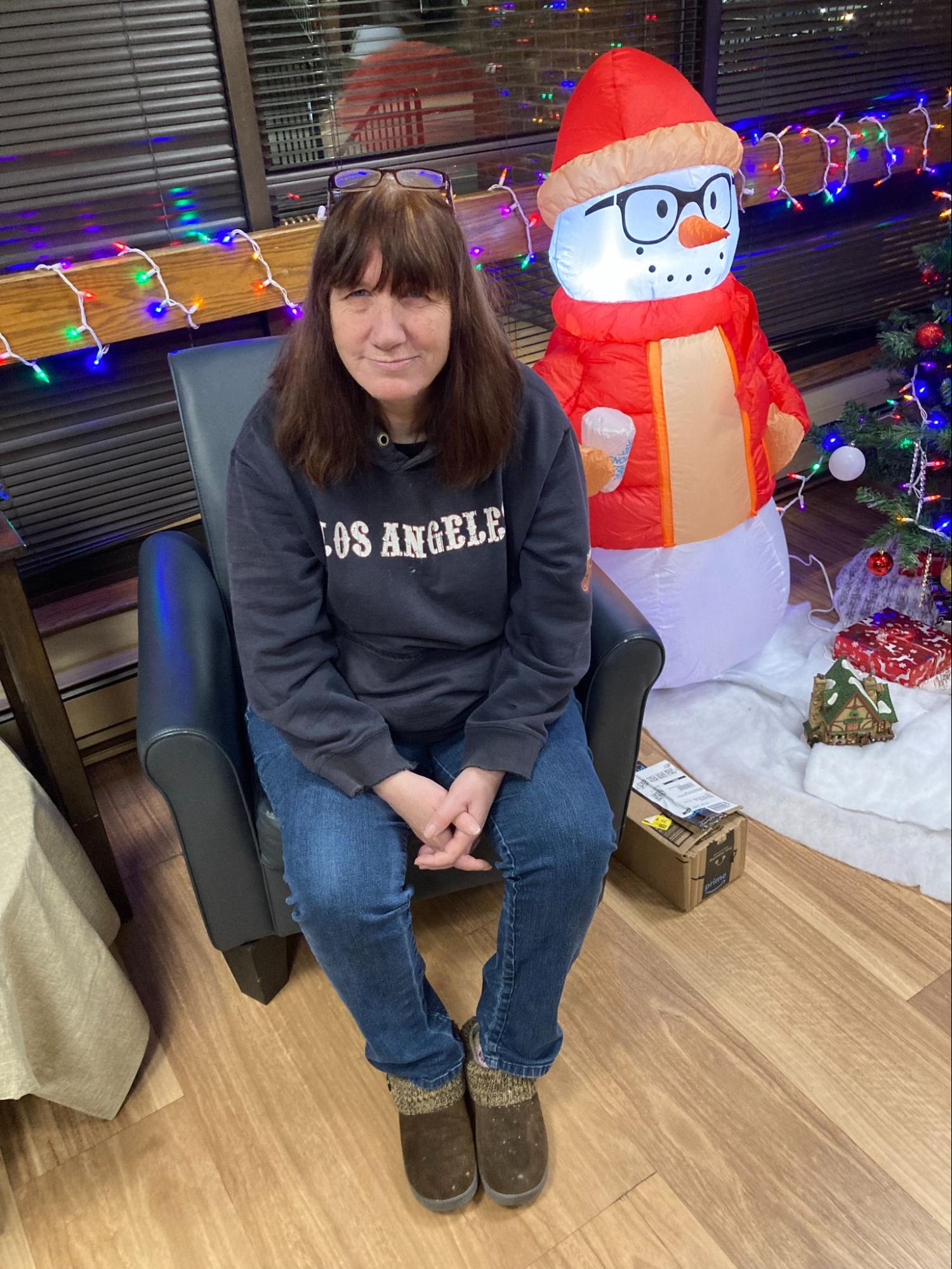Hartford, CT – I’ve lived in Hartford for over 40 years, and public transit is how I get everywhere I need to go —whether it’s the grocery store, doctor’s appointments, or running errands. I never got a driver’s license because of epilepsy when I was younger, and even though I’m no longer epileptic, I never pursued one. Instead, I’ve always relied on buses.

The buses in Hartford are a lifeline, but they come with many challenges. In my neighborhood, buses can take anywhere from 20 to 40 minutes to arrive, and service is limited on weekends. I’ve had to plan entire days around simple trips, like going to the grocery store or a doctor’s appointment, because the service is infrequent on some lines, and there can be significant wait times at transfer points. A trip that would take 10 minutes by car can take me hours between the transfers and long waits.
Getting to the bus stop is another challenge, especially in winter. Bus stops in my neighborhood don’t have shelters or benches, so I’m often left standing in the rain or snow while waiting. And when it snows, no one clears the shelters or sidewalks, which makes it dangerous for seniors like me. I’m retired now, so I can avoid going out in bad weather, but there was a time when I couldn’t.
The downtown bus stops are nicer, with seats and shelters, but that’s not the case in many neighborhoods. The Farmington Avenue bus, for example, runs every 10 minutes and is easy to use, but buses in other areas—like Albany Avenue and Main Street—are less frequent. And there’s a frustrating pattern of bus stops disappearing or losing their seats because businesses complain about people “hanging around,” which hurts those who depend on transit.
If I could sit in front of members of Congress, I’d tell them that we need more frequent buses and better infrastructure. Add more shelters, put in benches, and make sure the buses come regularly. My time is just as valuable as anyone else’s, but when you ride the bus, it feels like your whole day gets swallowed up by one task. I shouldn’t have to leave at 10 a.m. for a doctor’s appointment at 1 p.m., but that’s what happens when the routes and schedules don’t work.
Better transit isn’t just about convenience—it’s about fairness. People like me rely on these buses to live our lives. More buses, better stops, and safer access in the winter would make a huge difference, not just for me but for so many others in Hartford.
